Jatiya Sangsad Bhaban: Kahn’s creation and a nation’s symbol of hope
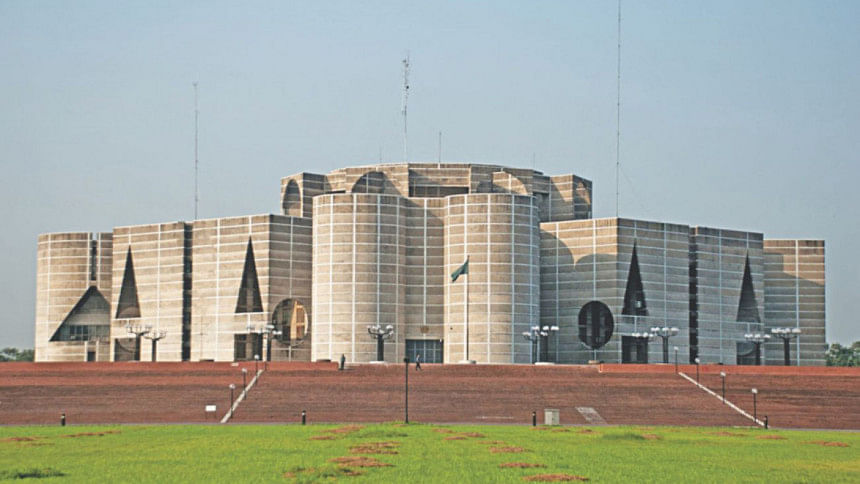
Jatiya Sangsad Bhaban, Louis Kahn's renowned creation in Dhaka, was never just a structure of concrete. It was designed as a civic altar for a new republic: monumental, open, and public. In its early years, people came freely. They walked its grounds at dawn, gathered in its shadow, and lived with it. It belonged to them. The architecture invited presence. Its silence offered dignity, not distance.
That silence changed.
The government locked it down. Access became restricted. What once welcomed the citizens became a fortress for the state. The parliament building, meant to embody people's sovereignty, became remote, sacred in the old sense of the word: untouchable, fenced off, and watched.
In the language of René Girard, this separation was not accidental. Political institutions often rely on distance to contain conflict. When desire spreads and people begin to imitate each other's aspirations, rivalry grows. That rivalry must be resolved or it will consume the community. Girard argued that all human societies are haunted by mimetic desire—the urge to imitate others' desires—which leads to rivalry, crisis, and eventually violence. To survive this spiral, communities have historically projected their tension onto a scapegoat—an arbitrary victim whose exclusion or death restores temporary peace.
Over time, the site of this ritual sacrifice becomes sacred, not because it is good, but because it contains the memory of expelled violence. "Violence is the heart and secret soul of the sacred" (Girard, Violence and the Sacred, 1972). By sealing it off, the then regime transformed Sangsad Bhaban into a sacred totem. Protesters stood outside it. The building absorbed their anger. It was not just the symbol of the state but the stand-in for all that was withheld.
That order shattered in July 2024. In a wave of protests against corruption, inflation, and repression, thousands entered the parliament grounds. Some climbed to its roof. They raised flags. They claimed the space—not through destruction, but through presence. There was no sacrificial ritual. No scapegoat. No purge. This was not a revolution by fire. It was a reclamation through visibility. By occupying the parliament building, they reclaimed what was already theirs.
Kahn's architecture was waiting for this moment. His forms are not authoritarian. They do not scream power. They invite reflection. "A great building must begin with the unmeasurable," he once said (Between Silence and Light, 1979). The parliament building's voids, its light wells, its massive silence—all of it pointed to something beyond politics: the dignity of shared space. That dignity was violated when the building was closed. It was restored when the people climbed its walls—not in rage, but in joy.
This is the deeper promise in Girard's work: that once the scapegoat mechanism is exposed, it can be rejected. A community does not need blood to bind itself. It needs visibility. It needs access. The sacred, stripped of fear, can become something else—something democratic, something bound together by shared symbols, rituals, and reclaimed space. In Dhaka, this promise was briefly fulfilled. The people did not take power. They took space. That may be the more radical act.
Maruf Ahmed is an architect, thinker, and lecturer at Khulna University of Engineering and Technology (KUET).
Views expressed in this article are the author's own.
Follow The Daily Star Opinion on Facebook for the latest opinions, commentaries and analyses by experts and professionals. To contribute your article or letter to The Daily Star Opinion, see our guidelines for submission.

 For all latest news, follow The Daily Star's Google News channel.
For all latest news, follow The Daily Star's Google News channel. 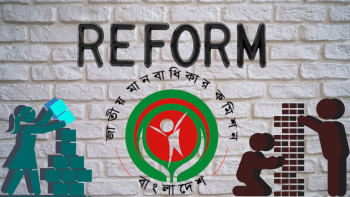
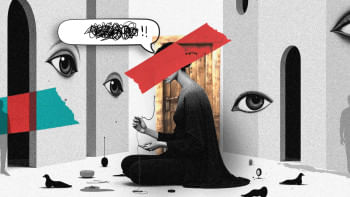



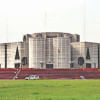
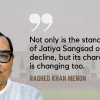




Comments